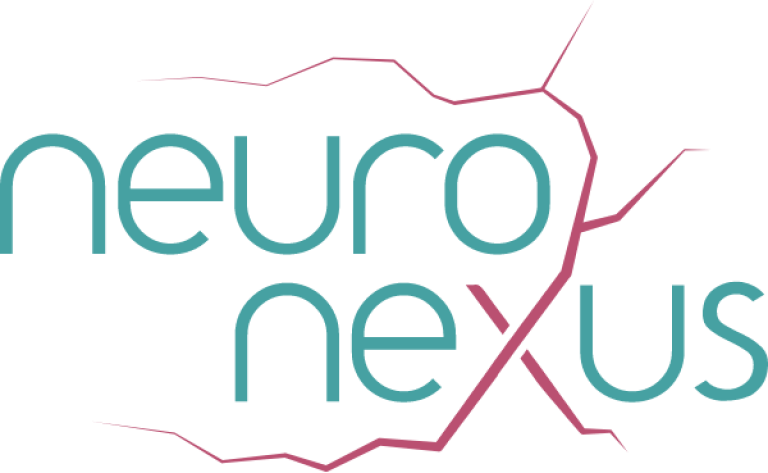Real-time visualization of large-scale dynamic functional brain networks from EEG recordings
Champion Name
Organization
University of CalgaryChallenge ID
Project Track
Skills Needed
Network science approaches help us understand the structure and function of the brain, in an integrative, data-driven fashion. Electroencephalograhy (EEG) is one popular non-invasive imaging technique that can collect the data required to derive functional connectivity. Electrodes are placed over the scalp, each of which measures the electric potential generated by neural activity in nearby brain regions. In the resulting large-scale networks, the nodes are recording sites, and the edges are functional correlations between activity levels as measured at each site. The network is dynamic – it will change in time with brain activity. The structure of such networks is known to reflect both the state of the brain (e.g. at rest, during task), and some neuropsychiatric pathologies (e.g. depression, schizophrenia).
The challenge then is to visualize these networks in real-time, during an EEG recording session. This will involve extracting timeseries, pre-processing this data, calculating correlations and generating networks, and finally visualizing these networks. The longer-term objective is to analyze these networks, too, and make predictions as to brain state or the existence of disorder. Ultimately this will be important as a rapid diagnostic tool, and perhaps even for training for patients to interface with their own brain activity. Indeed, suppressing activity in some functional subnetworks of the brain through meditation has been shown to have therapeutic effects in schizophrenia.
The components required to produce the technology that solves this challenge all exist in isolation, but to my knowledge have not yet been brought together. Participants will have to: (i) acquire EEG timeseries; (ii) perform preprocessing and data cleaning on the timeseries; (ii) appropriately correlate the timeseries, with a suitable measure and a suitably sized sliding time window; (iii) visualize the network generated in the previous step; (iv) repeat with the next sliding window. It may also be possible to perform some rudimentary and fast graph theoretic algorithms to describe the networks (e.g. plot degree distribution, quantify clustering and efficiency). These features are what could ultimately be used to determine brain state and/or pathology.
Some brief comments on the need for a multidisciplinary team: Participants will definitely need to use a programming language (e.g. Python) and be familiar with or learn some statistics, especially in regard to timeseries analysis. Network science or graph theory is a plus, can also be learned during the project. They will need to use visualization software of some kind. Some knowledge of neuroscience and brain structure (including functional states) will obviously benefit the process, output, and interpretation. Finally, an amount of electrical engineering will be necessary to build the device that implements everything.
